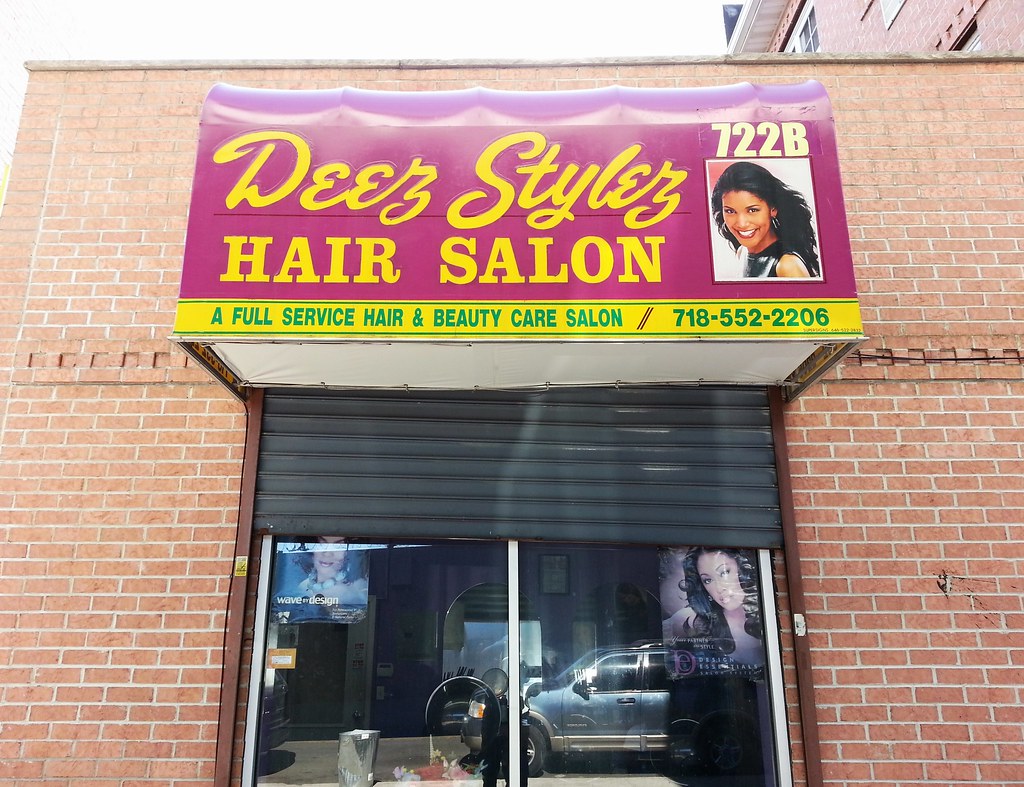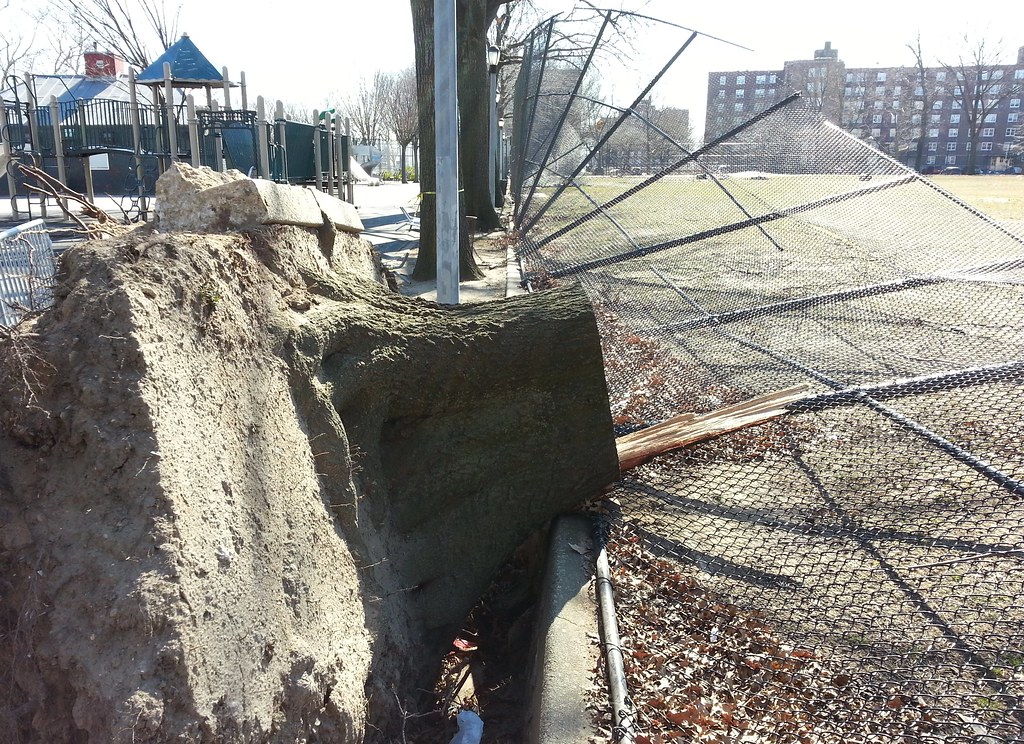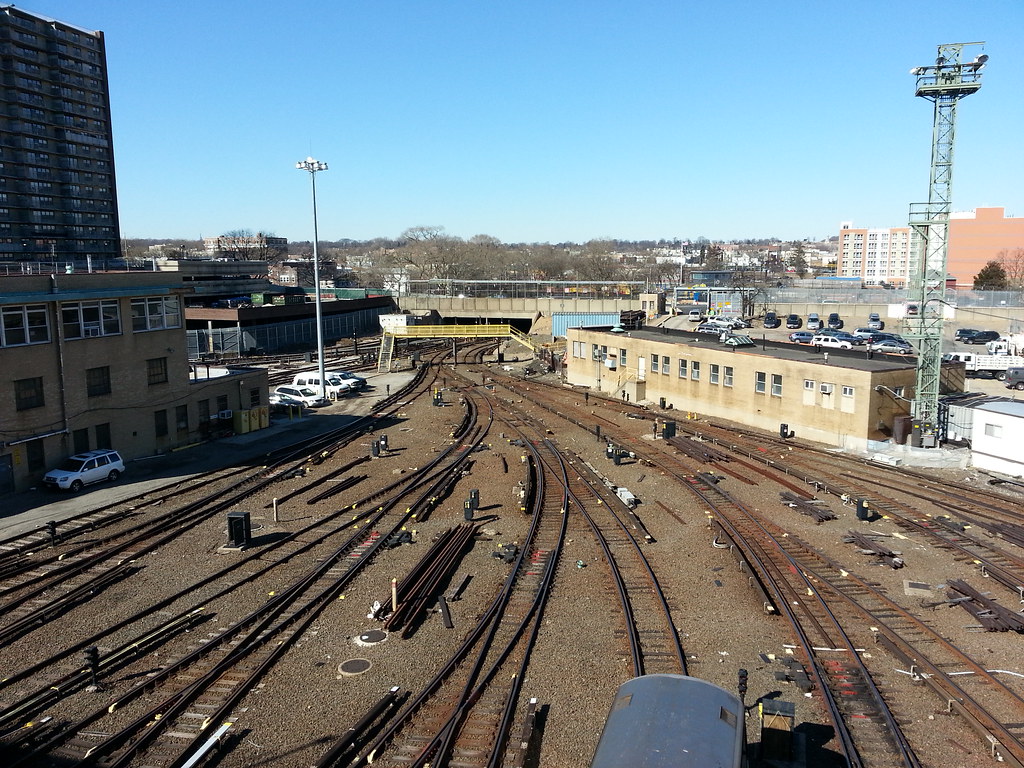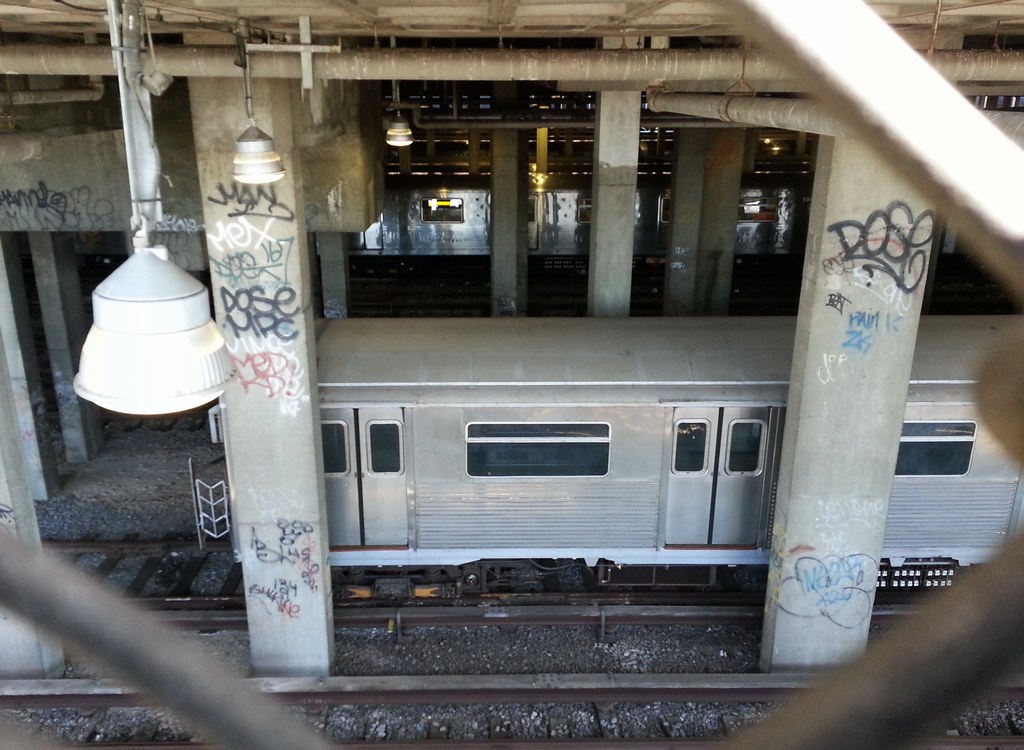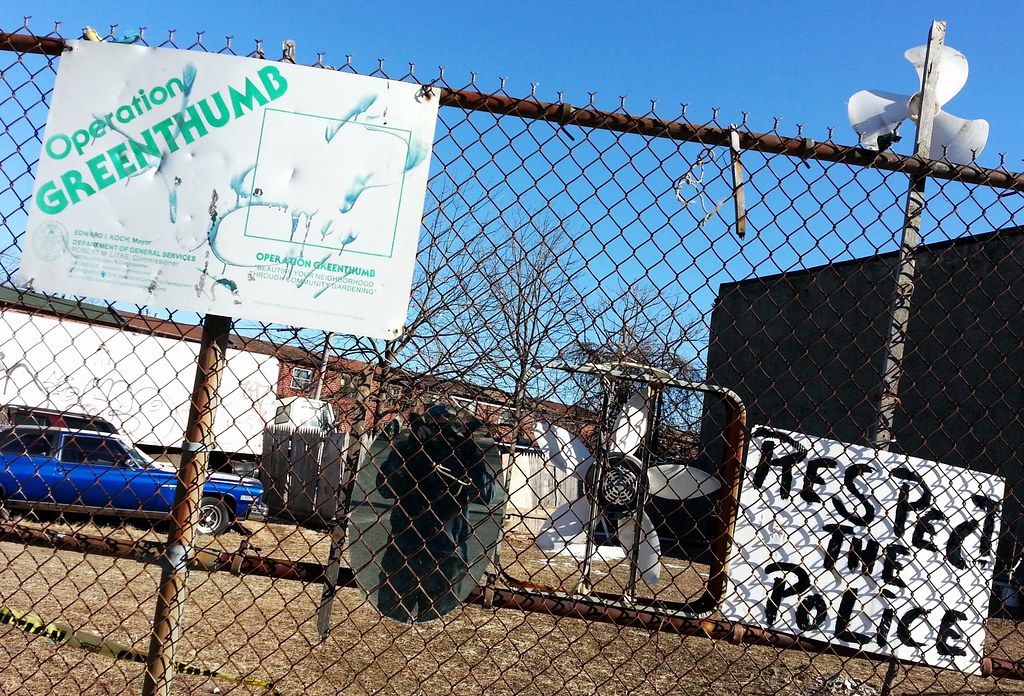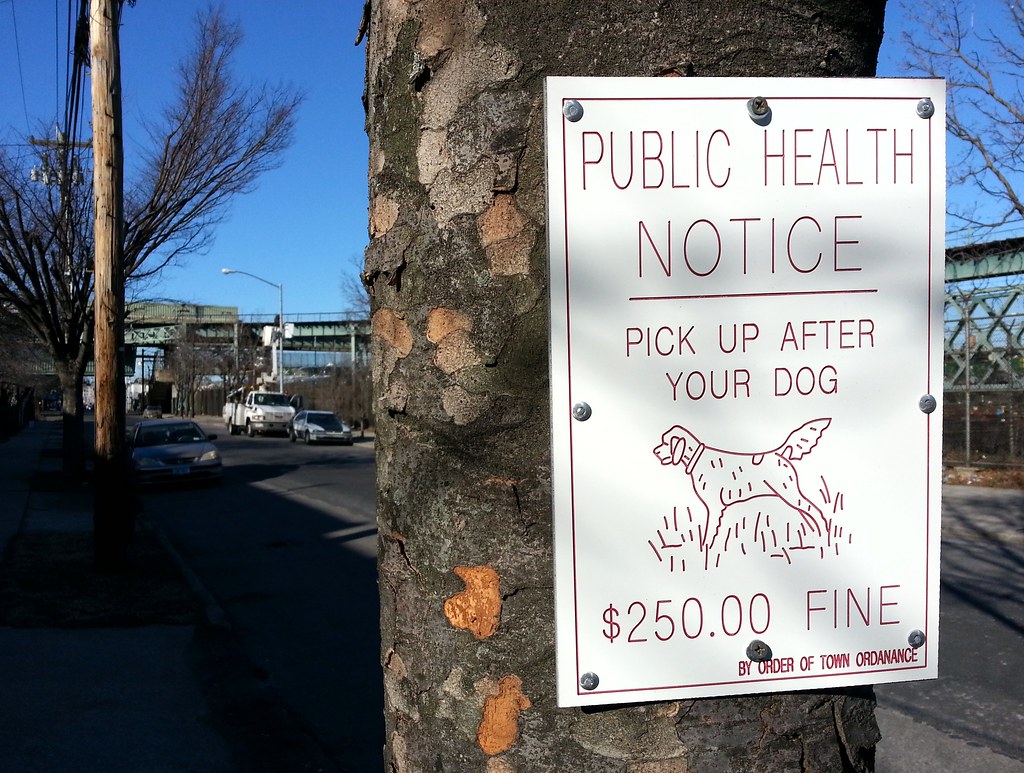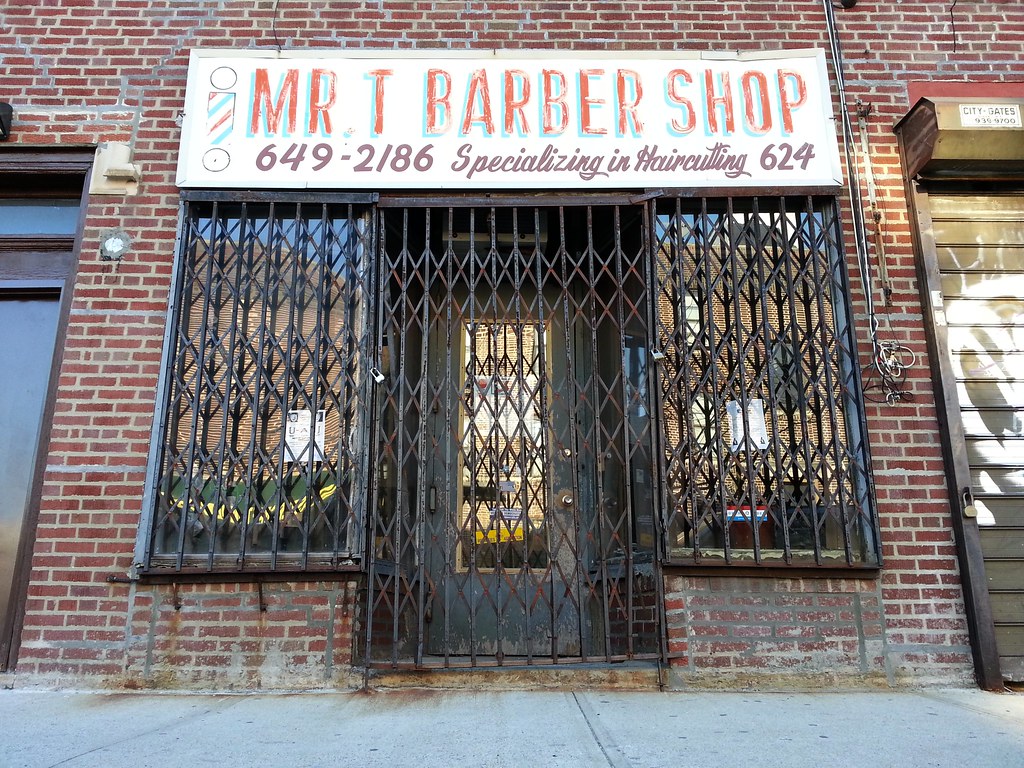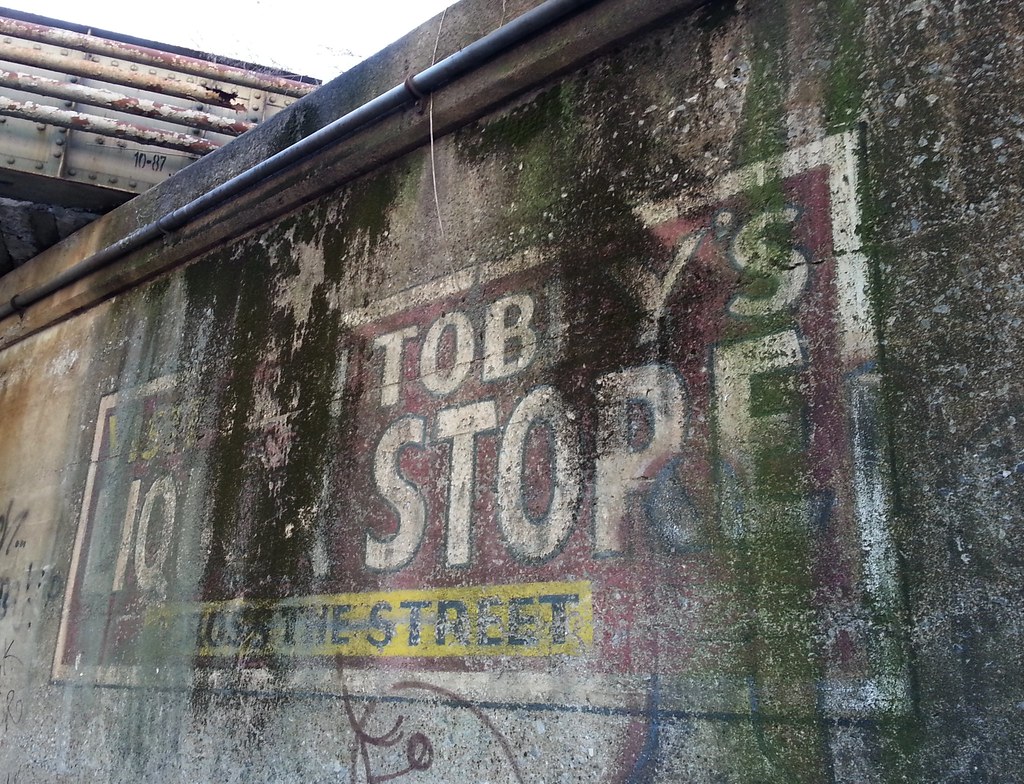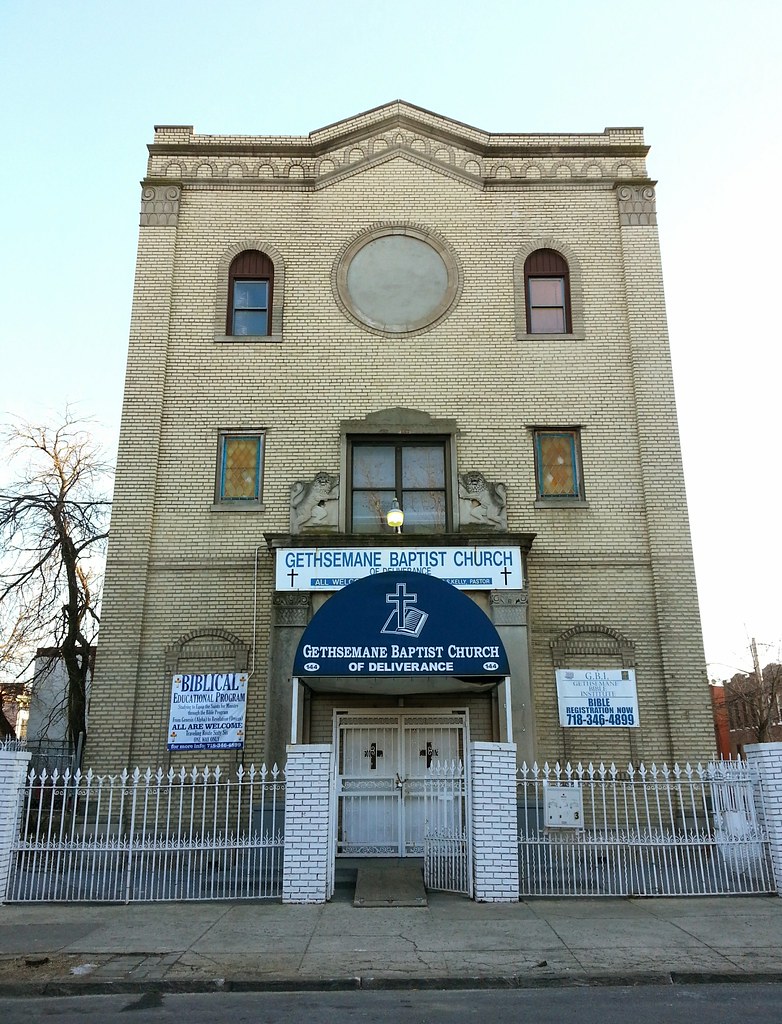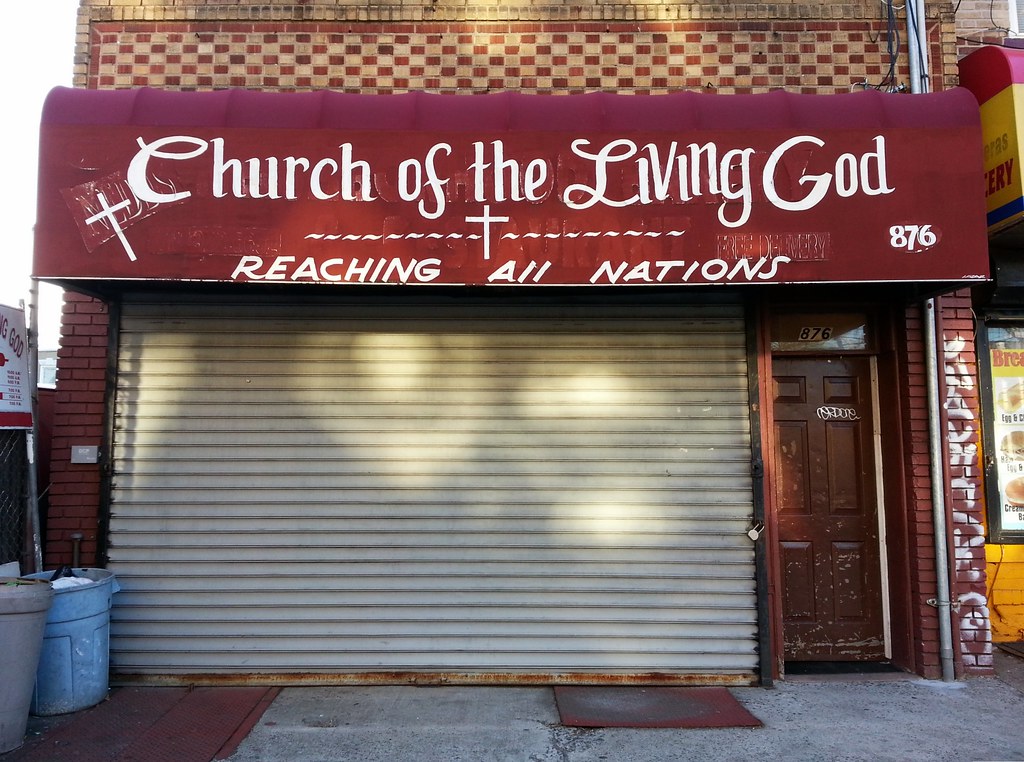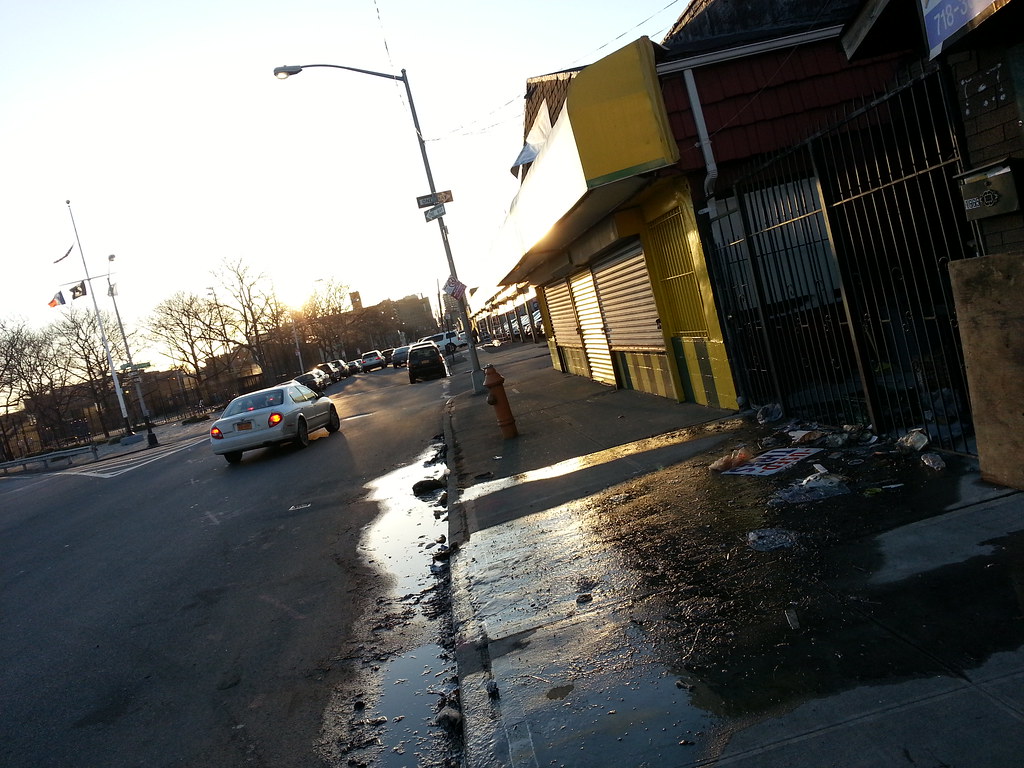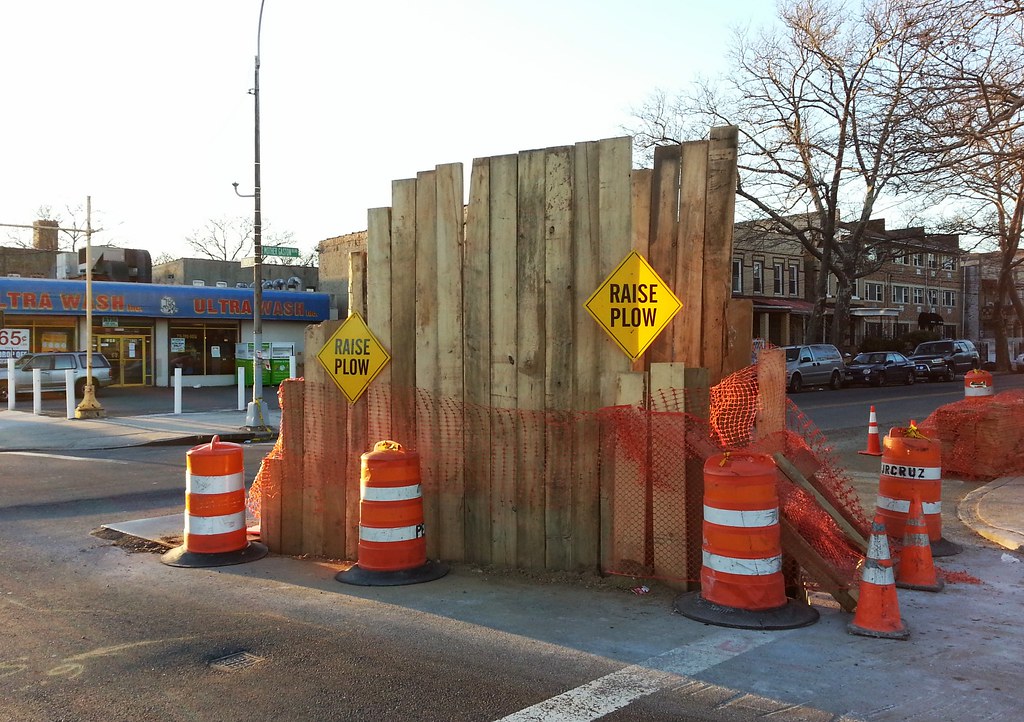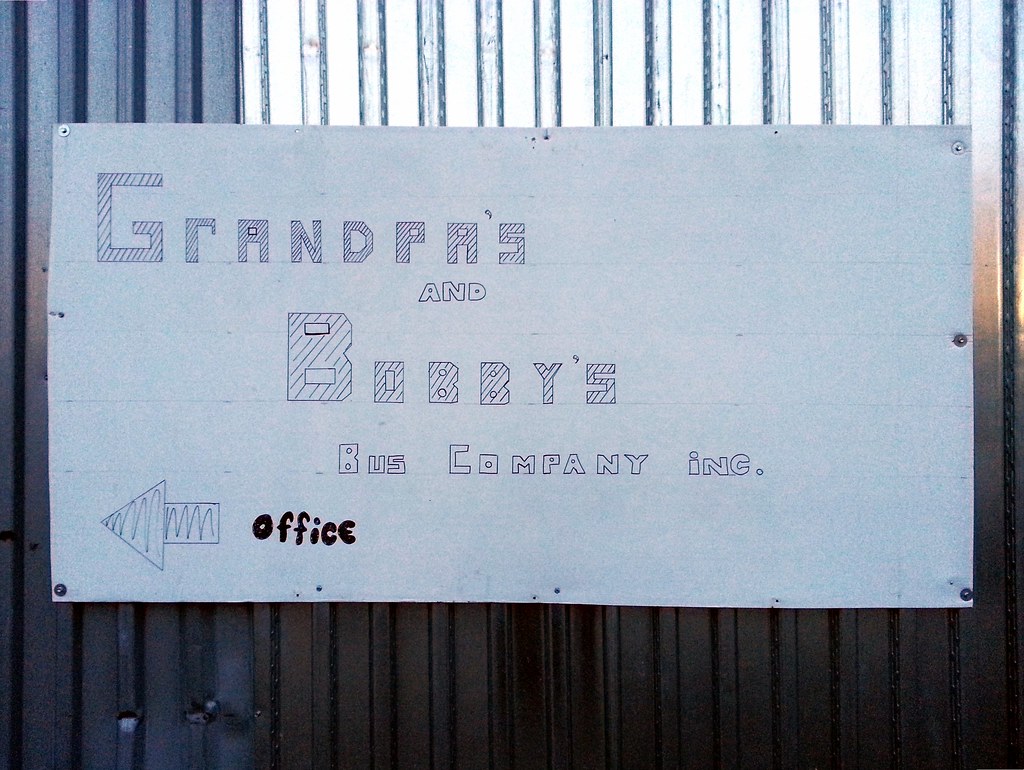

Sitting well below the level of the surrounding areas, this rundown, sewerless hinterland straddling the Brooklyn-Queens border is known as "the Hole" to its residents. A 2004 NY Times article said it has "all the characteristics of a frontier town in the Old West." That's something of an overstatement, although, to be fair, there were still some horses stabled here at the time. Personally, I think the area has more of a swampy, Southern feel to it.
There were once plans for a gated community named Cobblestone Estates to rise on the lot at left. But the project ran out of money, and for the past several years the development has consisted of little more than three dozen concrete foundations and mounds (mountains?) of rubble like the one you see above. The site was sold in 2011, and the current owner expects to build retail space and a car dealership.
If you're so inclined, you can take a nice photographic tour of the neighborhood here, and check out some great video footage here.

Split into 75th Street (Queens) on the left and Ruby Street (Brooklyn) on the right, this strip of pavement serves, for several blocks, as the dividing line between the two boroughs. This particular stretch is one of the Hole's perpetually flooded areas.

1,527 apartments built atop the Transit Authority's Pitkin Yard

This massive storage yard (which we passed once before at street level) serves the nearby Linden Shop, where the MTA fabricates all of the track panels (pre-assembled sections of subway track) used in rehabilitation projects on the aboveground subway lines. After being delivered from the shop to a work site, the panels are lifted by crane onto the tracks, where they replace the old rails and ties. (Due to space constraints in the tunnels, underground tracks have to be constructed on site.)
The track you see curving overhead runs from the New Lots Line down to the Linden Shop, about a mile from here, merging with a track that splits off from the nearby Canarsie Line along the way. The combined track connects to the LIRR's Bay Ridge Branch; this is one of only two connections between the subway system and the national rail network, and it makes this yard a convenient location for storing materials and equipment delivered by rail from elsewhere in the country.
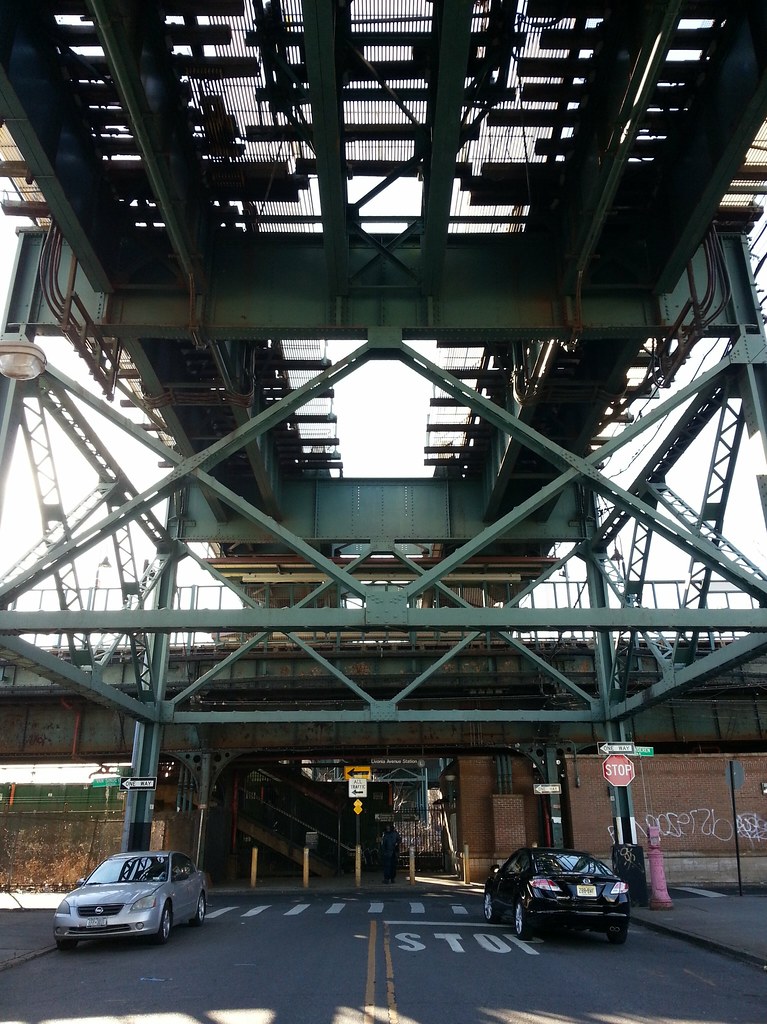
As you can see, the 3 train passes directly above the L here in East New York/Brownsville. The platforms of the Junius Street 3 station and the Livonia Avenue L station are only separated by one block, but there is no direct connection between them. Passengers wishing to switch from one line to the other have to exit the subway, walk three blocks to/from the far end of the Junius Street station (where the street entrance is), and pay another fare to re-enter the system. Area residents have long desired a free transfer here, but the MTA says it wouldn't be used by enough riders to justify the cost of construction.
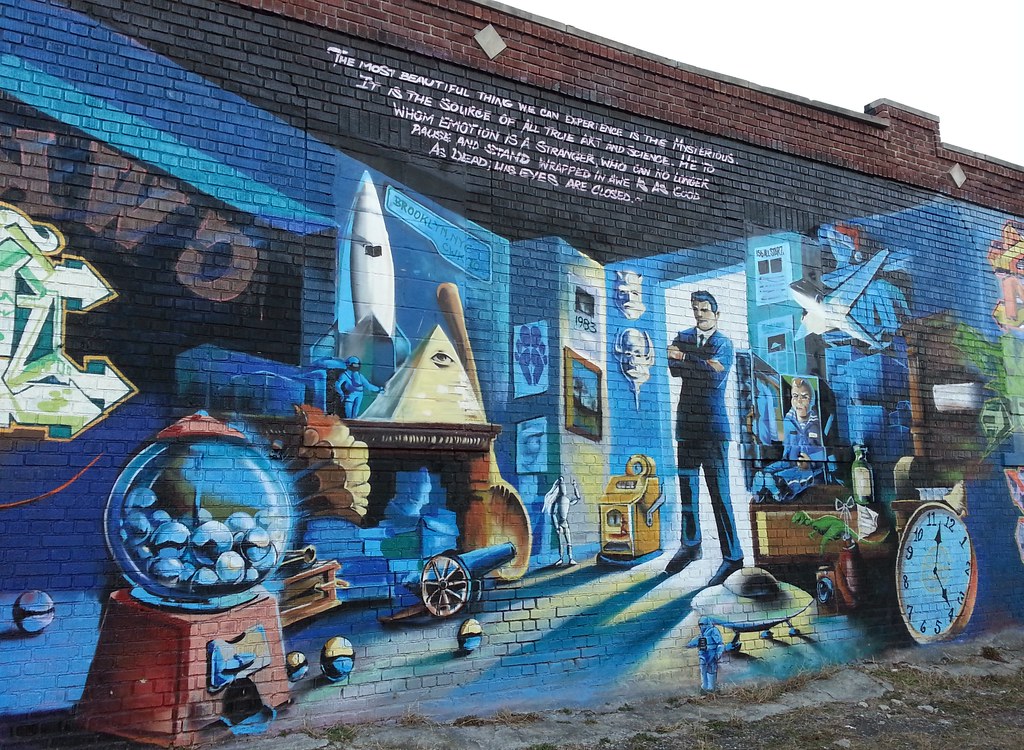
"The most beautiful thing we can experience is the mysterious. It is the source of all true art and science. He to whom this emotion is a stranger, who can no longer pause to wonder and stand rapt in awe, is as good as dead: his eyes are closed."
You can read the whole essay here.


